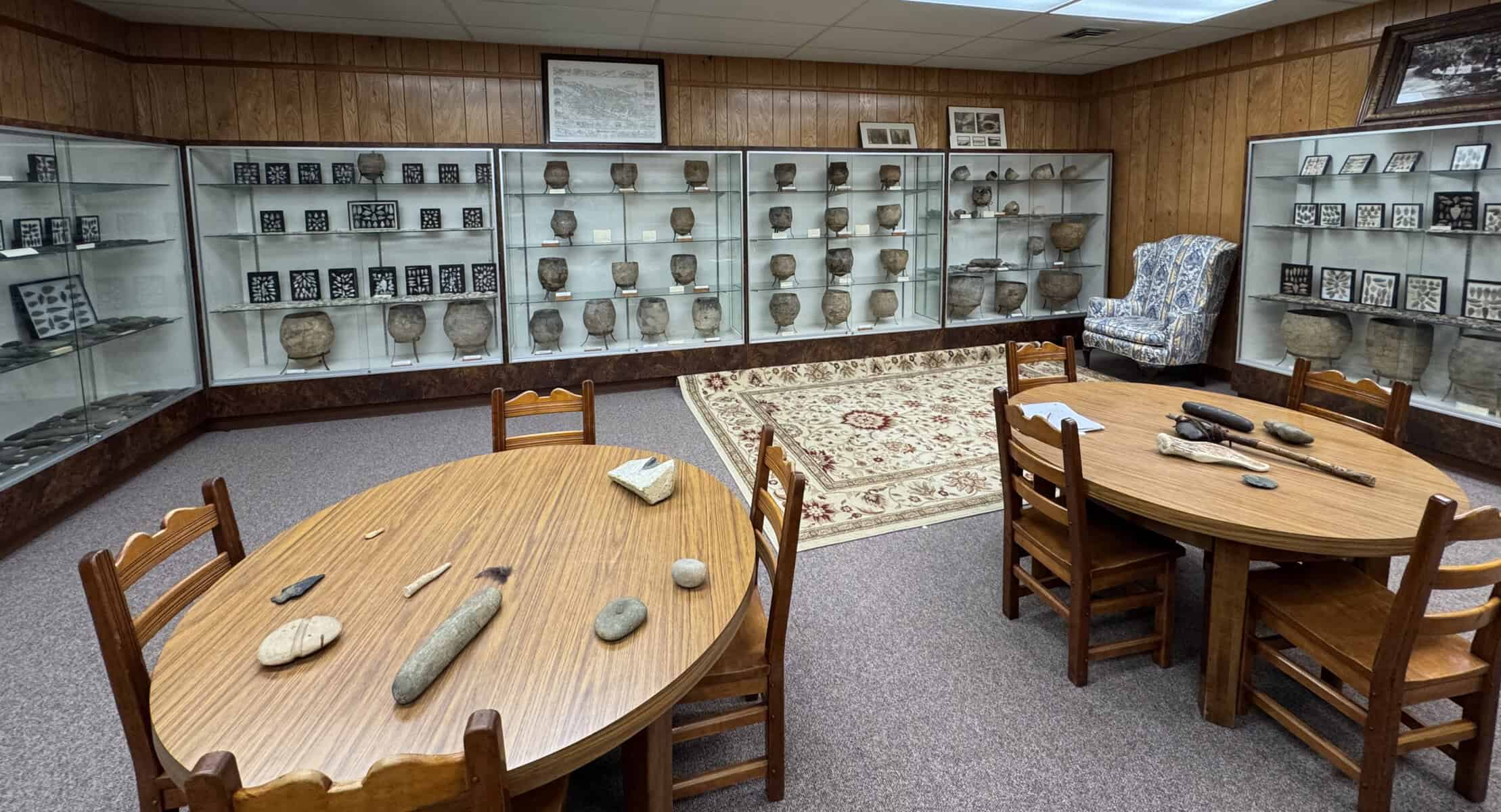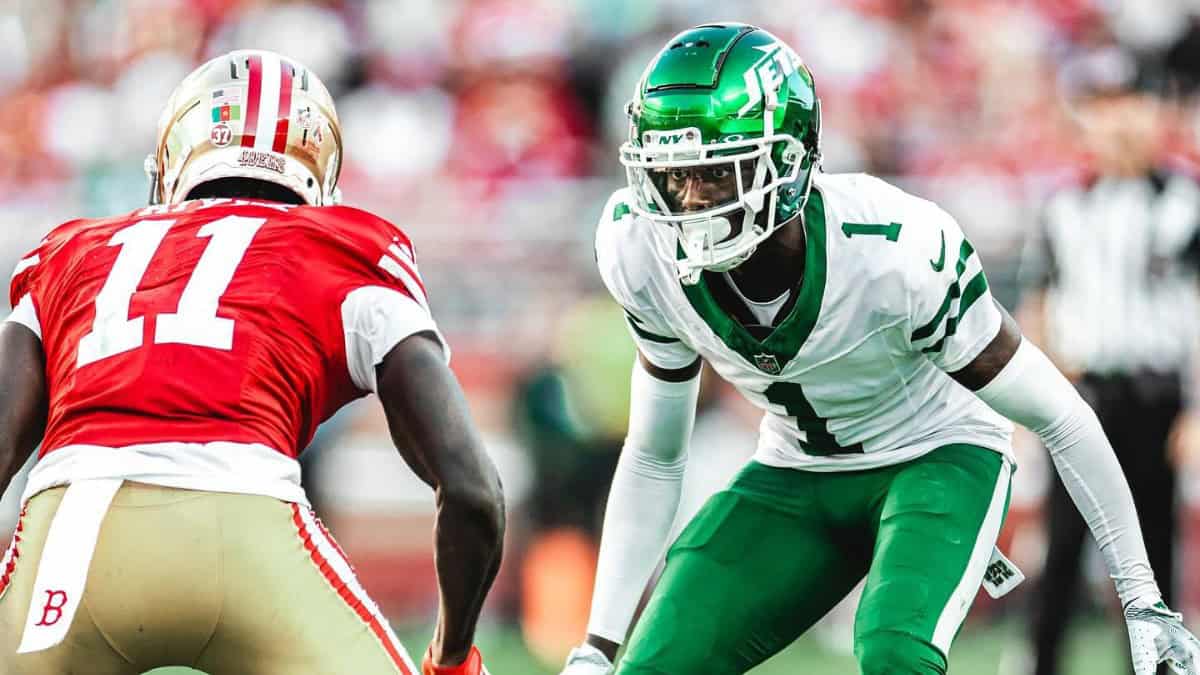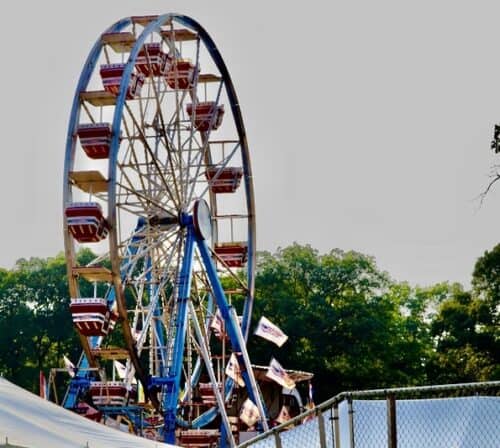Coastal Delicacy
Crabbing adventures through the years summon memories of summers past.
It’s impossible for me to think of the summer without thinking of blue crabs. Throughout most of my childhood, my parents would rent a home for a few weeks along a bay somewhere on the west side of a New Jersey barrier island. From the time I was six, I was catching crabs with dip nets, box, or star traps and bringing them home for my mother to cook. By seven, I cooked them myself with great pride in my catch. Often, I would have only a few crabs to show for hours of labor. Trying to scoop them with a dip net from pilings without falling off the bulkhead was a challenge for my abbreviated reach. I suspect even at that young age, being out of earshot, I likely imitated some of my father’s more colorful language when my quarry eluded my net.

Then at 10 years of age, we moved to southern New Jersey near the Delaware Bayshore, in what became my lifelong stomping grounds. And places like Turkey Point and Hansey Creek became fun haunts for crabbing.
About 38 years ago, one of my most memorable days was the time I went crabbing with Jake and Zee of Giacomo’s Restaurant in Richland. My husband and I were newlyweds and they showed us the ropes for baitline crabbing in the Egg Harbor River at Mays Landing. I suppose they were about the age I am now and Peter and I were really wet behind the ears. About 100 feet of line was laid out with a chicken part tied every 10 feet or so. We had a ball as they showed us their approach to landing crabs, gently pulling in the bait and scooping any munching crabs with a net. Jake and Zee both had raspy voices and each time a crab evaded our capture there were some hoarse comments, followed by laughter: “You didn’t pull gently enough, scoop from beneath!”
Today, I rarely catch them but instead choose the luxury of purchasing them. Eating styles have changed for me over the years. As a child we always cooked them whole and cleaned them on our plates. Later my parents opted for going to Delaware, Philadelphia, and Maryland for what is known as Maryland-style crabs, cooked whole and heavily seasoned with crab boil, normally a mixture of salt, paprika, black pepper, onion powder, cayenne, oregano, and thyme.
Some Crab Facts
• Scientific name: Callinectes sapidus means ‘savory beautiful swimmer
Lifespan 3 years
• Gender determined by ‘apron’ on underside—‘t’ shaped male, triangular female
• Female mates only once in lifetime.
• Female has exposed sponge-like eggs under apron, as many as 8 million.
• Male guards female for several days before mating, looking for submerged aquatic vegetation (SAV).
• When ‘zoea’ or larva is released by female it is carried from estuaries to the saltier waters of the continental shelf.
• There, ‘zoea’ are transformed through many stages over one and a half months.
• In the postlarval stage ‘megalops’ return to the estuary to find cover in SAV; in a week to a month’s time they molt producing the ‘crab’ life stage.
• In about 1 to 1.5 yrs. they become an adult; NJ’s legal harvest size 2019 is 4.5 inches measured point to point on top shell.
THREATS
• Wastewater effluent from sewage treatment plants causes algal blooms that remove oxygen from water.
• Stormwater run-off often carrying fertilizers and pesticides from farms and homes into waterway.
• Habitat loss: lack of submerged aquatic vegetation; 30 times more crabs are found in bays with grasses vs. no grass
YOU CAN HELP
• Eliminate or limit use of fertilizers
• Keep only male crabs
• Keep waters on your property filtering through ground vs. running onto hard surfaces
• Help buffer rivers with vegetation
• Buy or keep only what you will eat
(Sourced in part from National Marine Fisheries Service)
Then I became Italian by marriage. If you’re not Italian and subsequently married one, you would understand this comment. In an odd way it’s like the expression, “When in Rome do as the Romans do,” except you are simply surrounded by such a lively heritage that eventually you adopt it. My new style of eating crabs became cleaned alive and cooked in red sauce, accompanied by spaghetti with wine or beer. I’m not sure when this started, but today folks often say Jersey Style Crabs to denote cleaned and then cooked, usually lightly sprinkled with garlic and parsley.
I find the Maurice River Cove’s crabs to be the sweetest, along with our oysters. A number of friends who are locavores share this opinion. When we go to Maryland the debate about which style and taste is best is the source of plenty of chiding from my Havre de Grace-based friend.
Crabs are not a feast to be eaten for simply the flavor or the side accompaniments; they are a cultural and social event. Eating crabs is serious fun! It takes time to pick out the meat and it lends itself to some prolonged conversations.
Crabs are an important economic resource, too. In Delaware, the fishery brings in 6 million dockside and is their most important fishery, with the next closest fishery at $600,000. In New Jersey, recreational crabbing averages 169,000 participants per month during the season of May through October and 385,000 participants during the July/August peak. Each year, 1.24 million recreational crabbing trips are taken in New Jersey (NJ Fish and Wildlife, DEP 2005-2007 survey).
Some places even celebrate their crabs. In Leipsic, Delaware, they pile crab traps in the shape of a Christmas tree and decorate it for the holiday with crab floats or trap markers, topping it with a crab basket. For me, eating a good batch of crabs is a bit like Christmas in summertime. I’m eating one of my favorite foods, enjoying the company of good friends, and opening the shells to reveal the treats.








